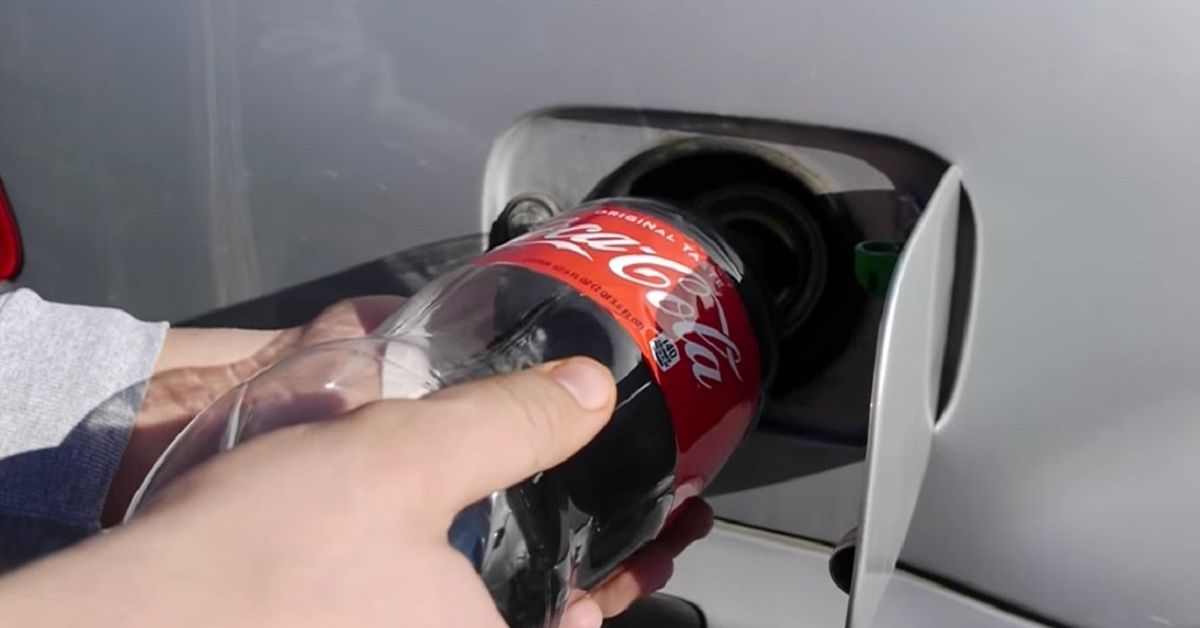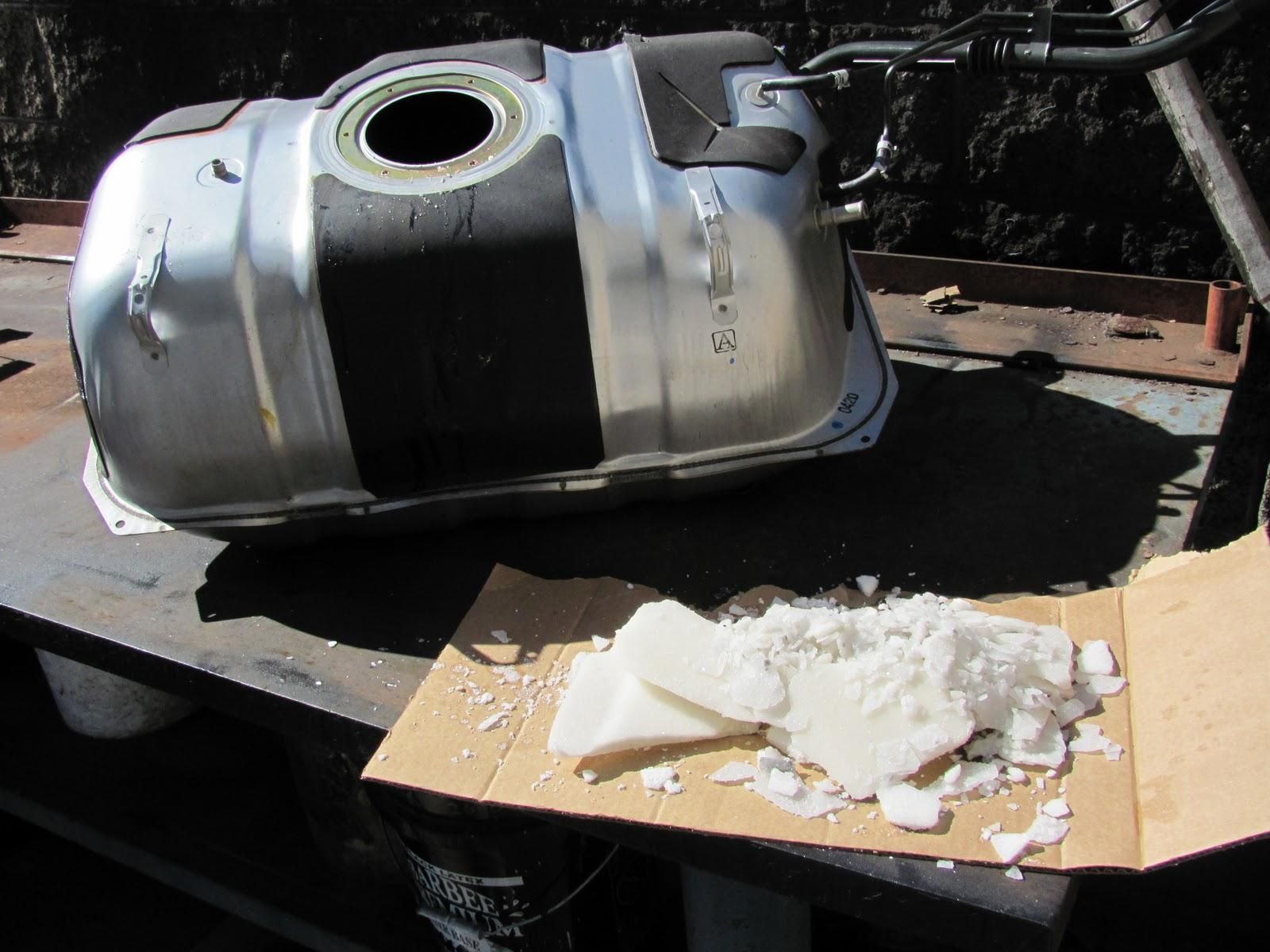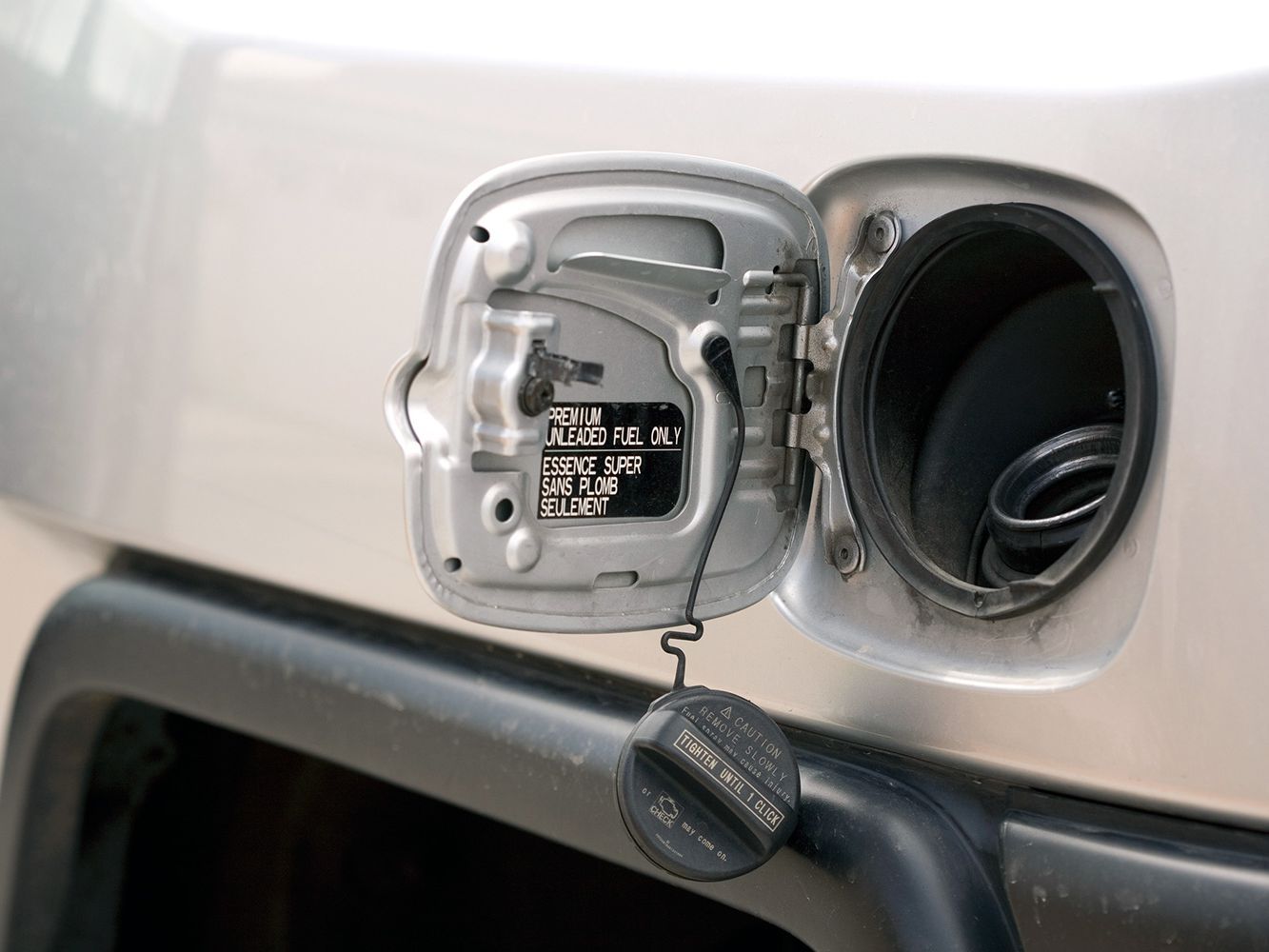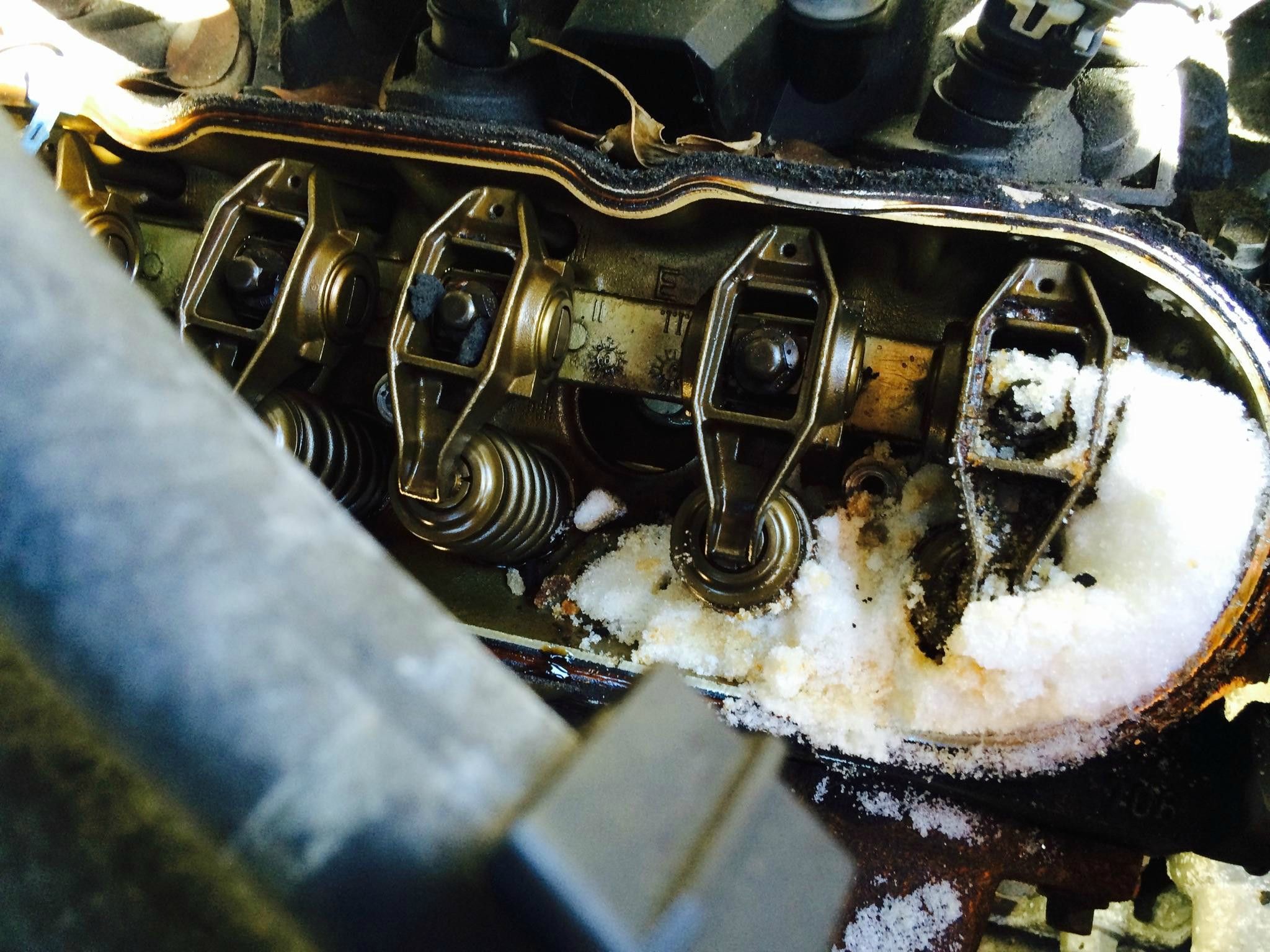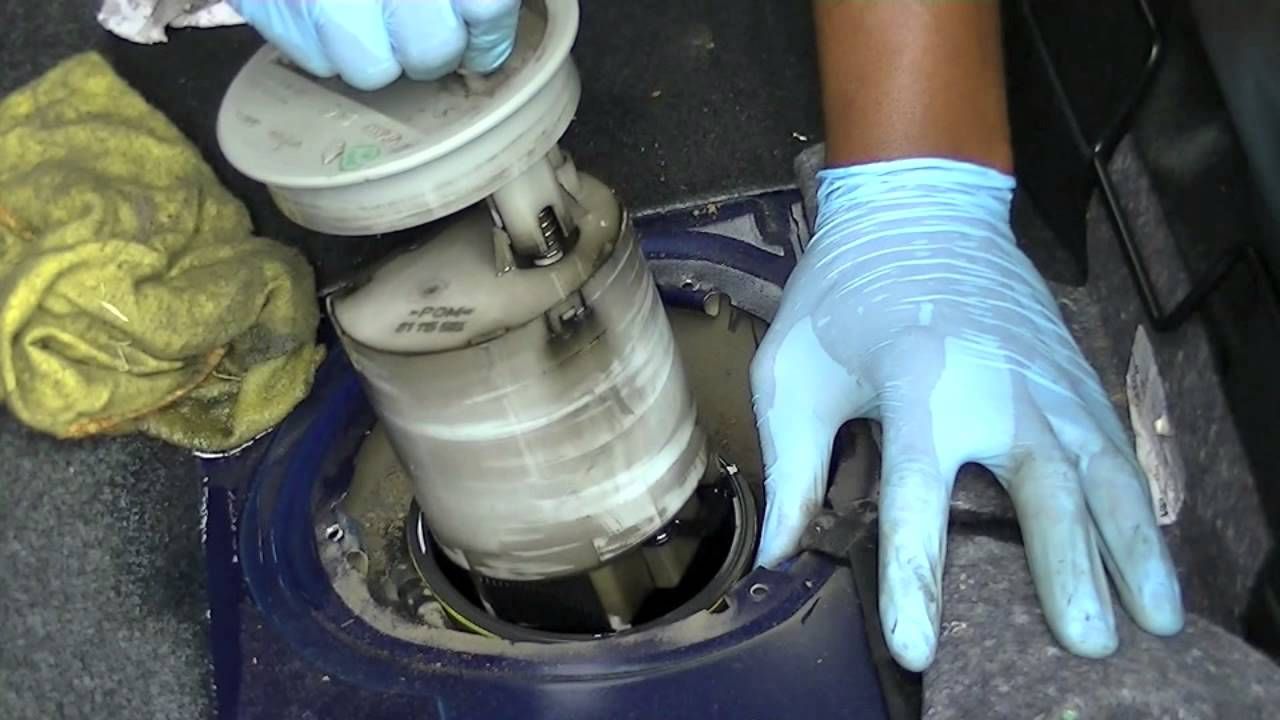Sugar in a gas tank: it's not a pleasant scenario, and few drivers would enjoy having to clean up the mess. When sugar (somehow) gets into a gas tank, it can cause some serious damage to the gas tank and to a few engine components. However, over time, the story of damage has been greatly exaggerated. People seem to think sugar will greatly damage or destroy the engine as a whole, or even cause an explosion- the latter of which is a ridiculously overblown myth.
Read on to find out what sugar will really do to a gas tank and a vehicle, its warning signs, and what people can do to repair the damage.
Destruction Is A Myth
While sugar in the gas tank causes problems, it's hardly the cause of an explosion. First off, car explosion, destruction, or irreparable damage as a result of sugar in the gas tank is very much a myth.
To start with, gasoline does not dissolve sugar, which will remain in its granular form when added to gasoline. Popular Mechanics interviewed Mohammad Fatouraie, Manager of Engineering at Bosch, which builds a lot of fuel system components. According to Bosch, he “[has] not seen an engine damaged or destroyed by sugar in a gas tank, nor heard of any truly plausible or established cases of this happening,” suggesting that even if this myth were true, then it wouldn't be commonplace or widespread.
Car filters capture particles much smaller than a single 200-micron sugar crystal, meaning suspended sugar granules in the gasoline end up caught in one of the vehicle's filters before those granules get far enough along into the engine to do serious damage. If the fabric, sock-like filter surrounding the fuel pump pickup in the gas tank doesn't catch the sugar, then it's likely that the filters at the tank pump inlet, fuel pump, or fuel injectors will.
Further, sugar is about twice as dense as gasoline, decreasing the chance that sugar granules would even be light enough to successfully travel to the first filter. Granules would likely sink to the bottom of the tank and stay there. The biggest risk is that the granules would clog the filters, prevent fuel from properly flowing, and burn out the fuel pump.
Beware The Warning Signs
However, in the unlikely event that sugar granules make it into the filters or even into the engine, then there are several warning signs to be aware of. Power surges during acceleration may occur as a result of granules clogging the fuel intake lines, which prevents the standard level of fuel consumption. The flow is uneven, resulting in surges of power followed by lulls in acceleration.
The engine is also likely to stall when drivers try to accelerate as a result of fuel transmission lines becoming clogged entirely, and the car can even struggle and stall while idling. Worse, the car may not start, which is one of the biggest symptoms of sugar in the gas tank. Should a clog be severe enough, then fuel access will be completely blocked.
When this happens, don't attempt to repeatedly start the car, as this will wear out the battery and possibly wear out the starter prematurely. If none of these symptoms are present, then the problem may be delayed and slowly build up over time, causing poor vehicle performance after sugar granules make their way to the engine over time. Finally, sugar can also caramelize on fuel pump mechanisms if the fuel filter is located after the fuel pump.
What Really Happens
As mentioned before, sugar won't dissolve in gasoline the way sugar dissolves in water. If people poured a bag of sugar into the gas tank, the crystals would all sink to the bottom of the tank similar to sand.
The more sugar in the gas tank, the likelier there will be a clog, as well as the likelier a clog would be severe, resulting in the symptoms mentioned above. However, this process takes so long that drivers tend to replace their fuel filters before the point of damage would have occurred.
There's A Fix
The gas tank and any affected components have to be cleaned in order to remove sugar from the gas tank completely and restore the car into working condition.
This may be best done by a mechanic in a shop, as the fuel tank has to be completely disconnected from the fuel pump and lines before being removed altogether. However, using a mechanic may result in quite a hefty repair bill, and also, mechanics may not be too pleased with having to remove sugar from a gas tank.
As much fuel as possible should be removed in order to make the tank lighter, and reduce the risk of fume exposure. The interior of the gas tank will need to be completely wiped clean and let air dry for at least an hour before being reassembled and reinstalled.
Sources: popularmechanics.com, oards.com, motorbiscuit.com,

